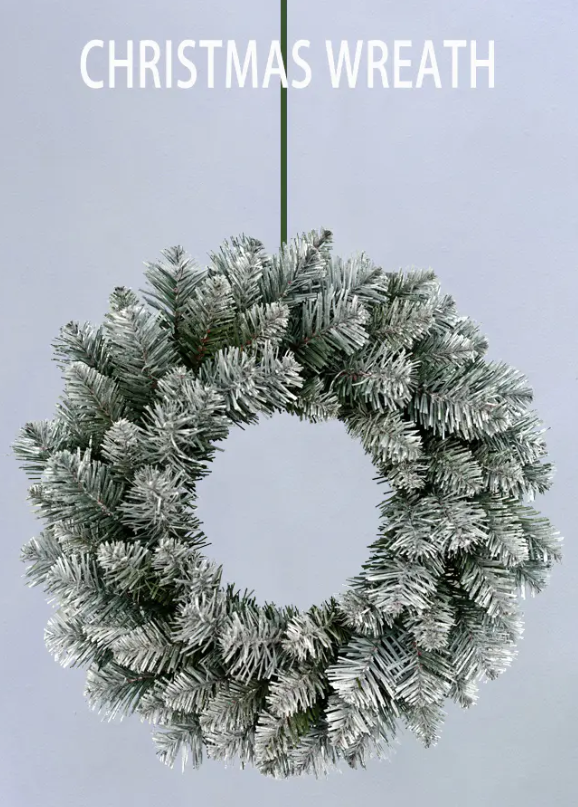The transport and storage of Christmas Wreaths play a crucial role in ensuring their quality and aesthetic appeal during the holiday season. Whether manufactured from natural foliage or synthetic materials, wreaths are vulnerable to damage, deformation, and color fading if not handled correctly. Understanding the factors that influence their performance in shipping and storage helps manufacturers, retailers, and consumers maintain their beauty and longevity.
Challenges in Transport
Shipping wreaths presents several challenges due to their delicate structure and decorative elements. Natural wreaths made from evergreen branches, berries, or pinecones can become crushed or lose shape if stacked improperly. Synthetic wreaths, while more resilient, may still suffer from bent branches, detached ornaments, or surface scratches. Proper packaging, including the use of protective boxes, padding, and separation layers, is essential to prevent mechanical damage during transit. Temperature and humidity control also matter, especially for natural wreaths, which may dry out or mold if exposed to extreme conditions.
Storage Considerations
Storage is another critical aspect affecting wreath performance. Off-season storage often requires long-term preservation, which can be challenging for both natural and artificial wreaths. Natural wreaths should be stored in cool, dry environments to slow down needle loss and prevent mold growth. Synthetic wreaths are more tolerant but still benefit from storage in dust-free, temperature-stable conditions to avoid fading or warping. Using hanging hooks or protective containers can help maintain shape and prevent tangling of decorative elements.
Material Impact on Durability
The choice of material significantly influences how wreaths endure transport and storage. Natural materials are inherently perishable, meaning their resilience is limited, and they may not survive multiple shipping cycles or extended storage periods without losing freshness. Artificial materials, such as plastic, foam, or fabric, are designed for repeated use and withstand handling more effectively. Hybrid wreaths, combining real and synthetic elements, require careful balancing to protect the natural parts while taking advantage of the structural support provided by synthetic components.
Packaging Solutions and Best Practices
To ensure optimal performance, manufacturers often develop specialized packaging solutions. Cardboard boxes with internal dividers, molded inserts, or vacuum-sealed wraps can prevent wreath deformation. Labeling fragile packages and providing clear handling instructions helps reduce the risk of damage during transportation. For storage, stacking wreaths with protective layers or suspending them in climate-controlled environments maintains their appearance and extends their useful life.
The performance of Christmas Wreaths during transport and storage depends on material choice, packaging, and environmental conditions. Natural wreaths require careful handling to preserve freshness and shape, while synthetic wreaths offer greater durability and reusability. Thoughtful packaging and controlled storage conditions are key to maintaining wreath quality, ensuring that these decorative items retain their festive appeal from production to display.
